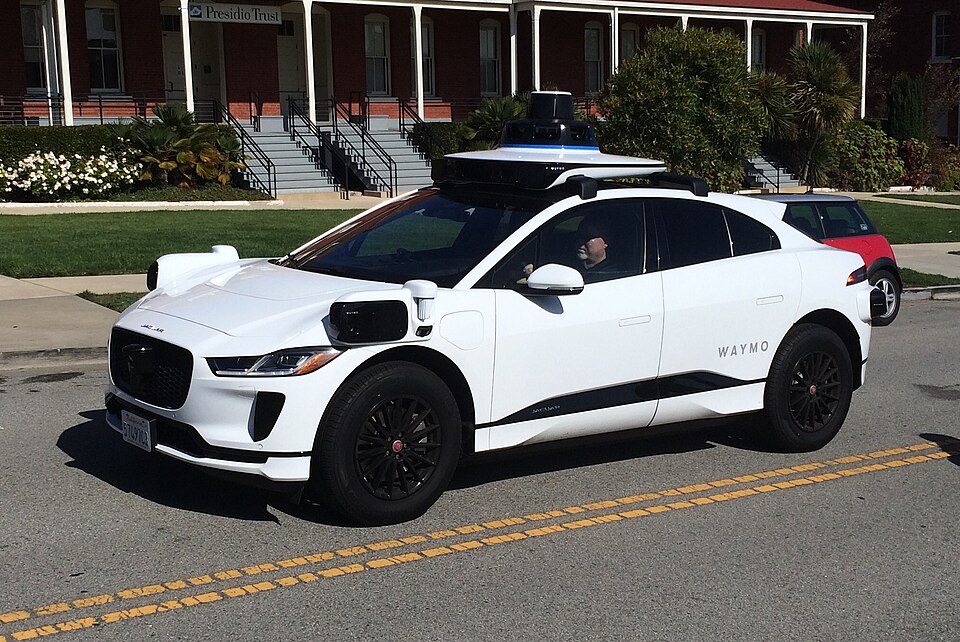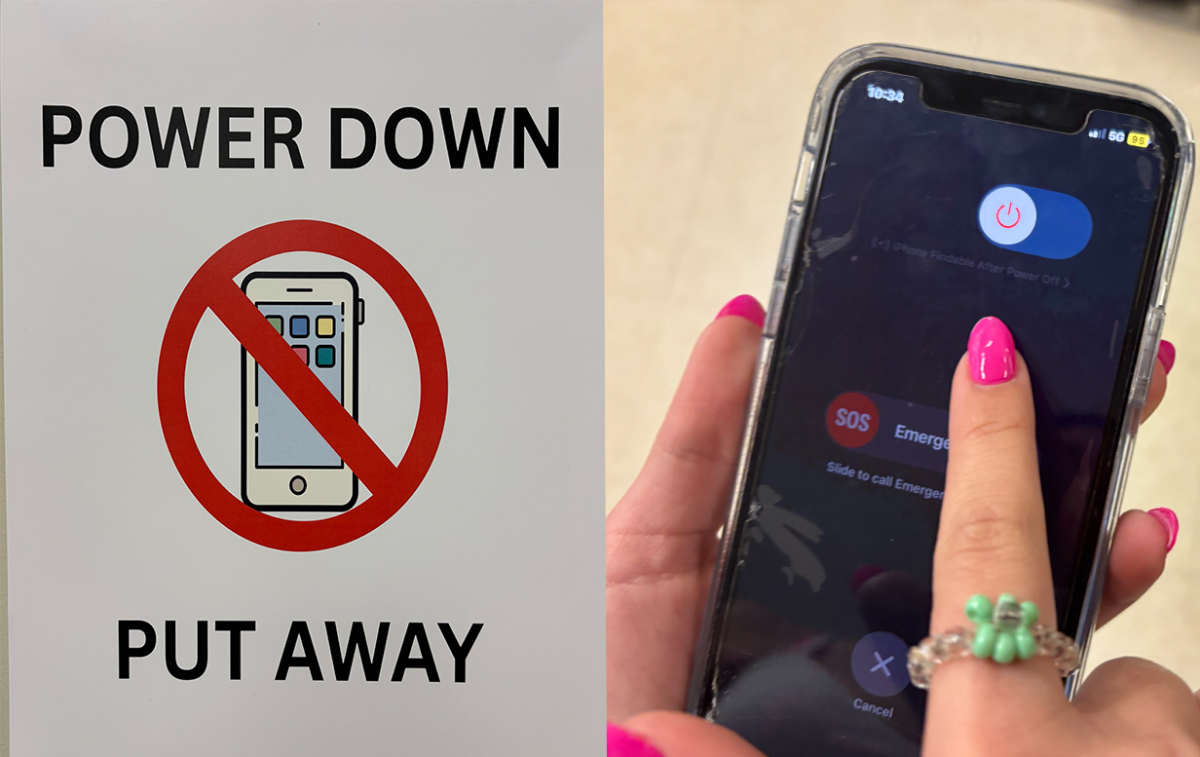Since March 2025, you have probably noticed white cars with rooftop cameras driving around Austin, branded with the ‘Waymo’ logo on them. These vehicles operate completely driverless; they offer transportation to the public via the Uber App, without the “Uber Driver” aspect. As futuristic as this sounds, Waymo’s idea of an autonomous vehicle has been around longer than you may think.
Starting as the Google self-driving car project in January 2009, the company tested the vehicle on the road for two years before launching it in October 2010 as Google’s self-driving program. In December 2016, the company officially changed its name to Waymo and completely rebranded its self-driving vehicle. Waymo separated itself from Google, establishing itself as its own company. The company shifted its focus to enhancing its self-driving technology and addressing any defaults or malfunctions, planning to focus on public transportation in the future. In the following nine years, Waymo partnered with Uber to test its driverless vehicle in more urban areas and added its service areas to eight cities. Austin was among the eight cities that had Waymo’s autonomous operation as an option for local civilians. Waymo, over time, had become widespread and increasingly popular. Waymo’s fast-growing popularity and flexibility in urbanized areas have made it blend into Austin, specifically.
Despite Waymo being convenient and an advanced form of transportation, it is not without flaws. Waymo has had numerous complaints about customers having to take over the wheel when the self-driving car operates unpredictably; some clients’ reports have even claimed that they had feared for their safety under these circumstances. As of January 2025, Waymo has had a total of 696 incidents in the United States. This number is still actively going up as Waymo continues to collect new riders, making people who are already skeptical of autonomous vehicles more doubtful of their overall efficiency. Waymo had officially begun operating in Texas in March 2025. Since then, there have been 20 incidents in Texas, 17 of which took place in Austin. These statistics have raised concerns among Austin locals about the reliability of self-driving cars.
Mr. Ryan Goodwyn, a 7th year sophomore English teacher here at AHS, does not trust Waymo’s self-driving abilities, saying, “I don’t yet trust the idea of a computer driving me around. Maybe I’m just old, but I prefer driving myself or someone that I trust. Mostly, I’d rather drive myself. I like driving.” He then expressed his concerns about the ethical implications of self-driving cars by stating, “I feel bad for people who rely on driving for their income… truck drivers, delivery drivers, postal workers, etc. I worry about what will happen to our society as a whole as more and more jobs get given to computers and AI.” Mr. Goodwyn gives consideration to the traditionally human dominated jobs that could potentially be at risk of being taken over by autonomous technology. He shares his concern for those whose careers focus on driving and how their lives could be affected.
Grant Powell, an Austin local, views Waymo as a more promising and serviceable approach to accessible transportation. He commented, “They still lack an equivalent level of human intelligence and ability to make instantaneous decisions that factor in innumerable variables to result in a safe outcome of a given circumstance. This will no doubt improve over time, and it’s conceivable that self-driving cars will ultimately become better than humans at handling unexpected driving situations.” Grant Powell’s narrative of Waymo’s ability to operate safely when complications occur gives a more trusting attitude towards self-driving vehicles and highlights the improvements Waymo will have to help it progress into a more advanced and trustworthy source of transportation. Going into more depth about his perspective, he added, “There are plenty of ‘kinks’ to work out with this new technology, which will be worked out over time. Society will achieve a huge lift in driving efficiency and safety in the very near future.” Grant Powell addresses Waymo’s benefits on an economic level, providing reasons why autonomous technology could improve the road and how it could advance our everyday lives.
Waymo presents a dilemma that strikes moral ambiguity, challenging society to choose whether personal mobility and connection are more valuable than technical advancement. Despite the ongoing controversy, Waymo is a fast-spreading operation. Its technology is considered a miracle for the new generation of accessible transportation. Although there is concern that humans could potentially lose their ability to drive in the near future due to autonomous vehicles, we have to accept that change is inevitable, and we are constantly evolving as a species, whether that is technologically or biologically. Waymo’s concept could open Pandora’s box, breaking new ground in technological trajectory, and its design could spark the invention of aerial-vehicle technology and other big ideas that are only currently launching as prototype concepts like Waymo once did.













